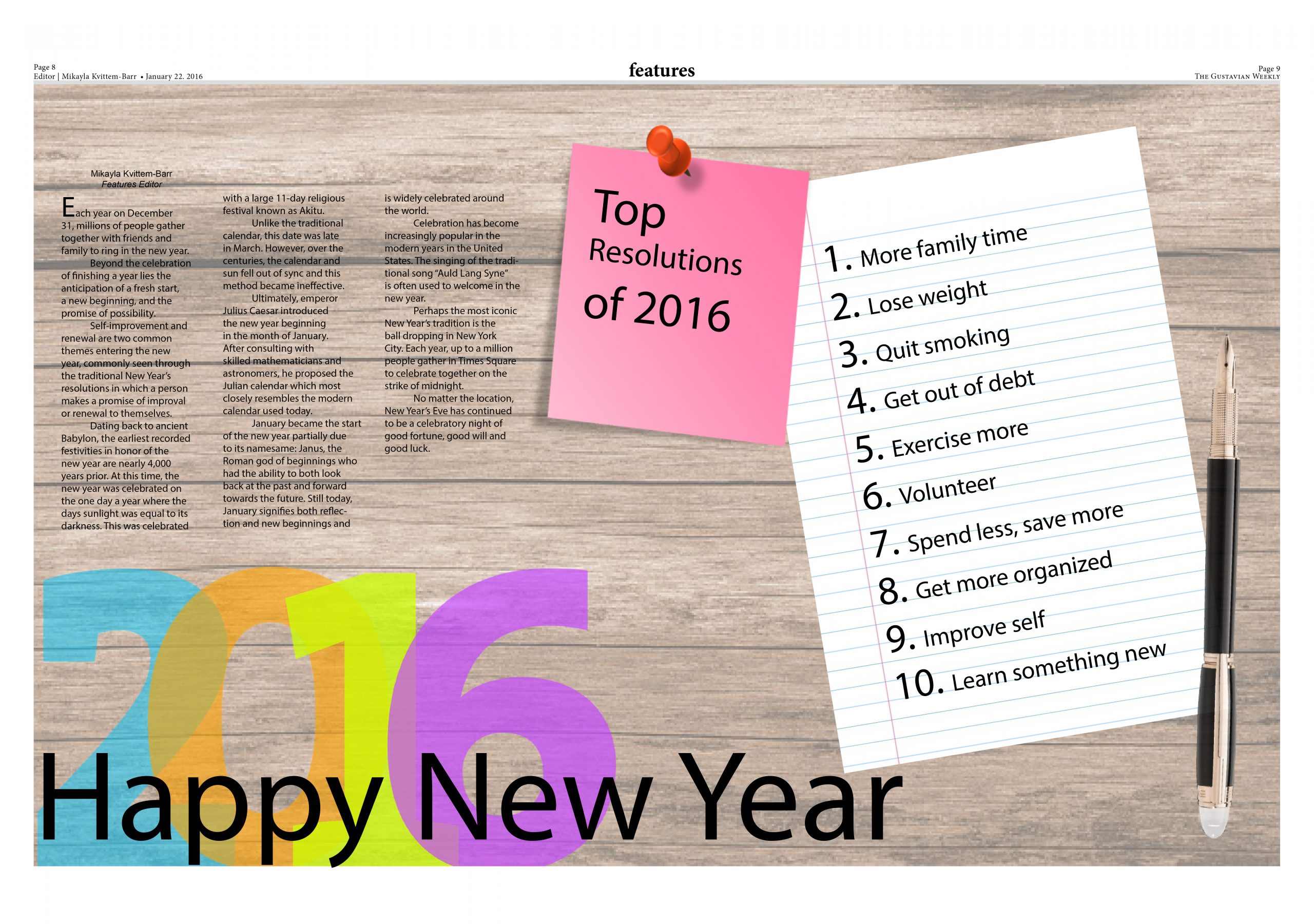Each year on December 31, millions of people gather together with friends and family to ring in the new year.
Beyond the celebration of finishing a year lies the anticipation of a fresh start, a new beginning, and the promise of possibility.
Self-improvement and renewal are two common themes entering the new year, commonly seen through the traditional New Year’s resolutions in which a person makes a promise of improval or renewal to themselves.
Dating back to ancient Babylon, the earliest recorded festivities in honor of the new year are nearly 4,000 years prior. At this time, the new year was celebrated on the one day a year where the days sunlight was equal to its darkness. This was celebrated with a large 11-day religious festival known as Akitu.
Unlike the traditional calendar, this date was late in March. However, over the centuries, the calendar and sun fell out of sync and this method became ineffective.
Ultimately, emperor Julius Caesar introduced the new year beginning in the month of January. After consulting with skilled mathematicians and astronomers, he proposed the Julian calendar which most closely resembles the modern calendar used today.
January became the start of the new year partially due to its namesame: Janus, the Roman god of beginnings who had the ability to both look back at the past and forward towards the future. Still today, January signifies both reflection and new beginnings and is widely celebrated around the world.
Celebration has become increasingly popular in the modern years in the United States. The singing of the traditional song “Auld Lang Syne” is often used to welcome in the new year.
Perhaps the most iconic New Year’s tradition is the ball dropping in New York City. Each year, up to a million people gather in Times Square to celebrate together on the strike of midnight.
No matter the location, New Year’s Eve has continued to be a celebratory night of good fortune, good will and good luck.
